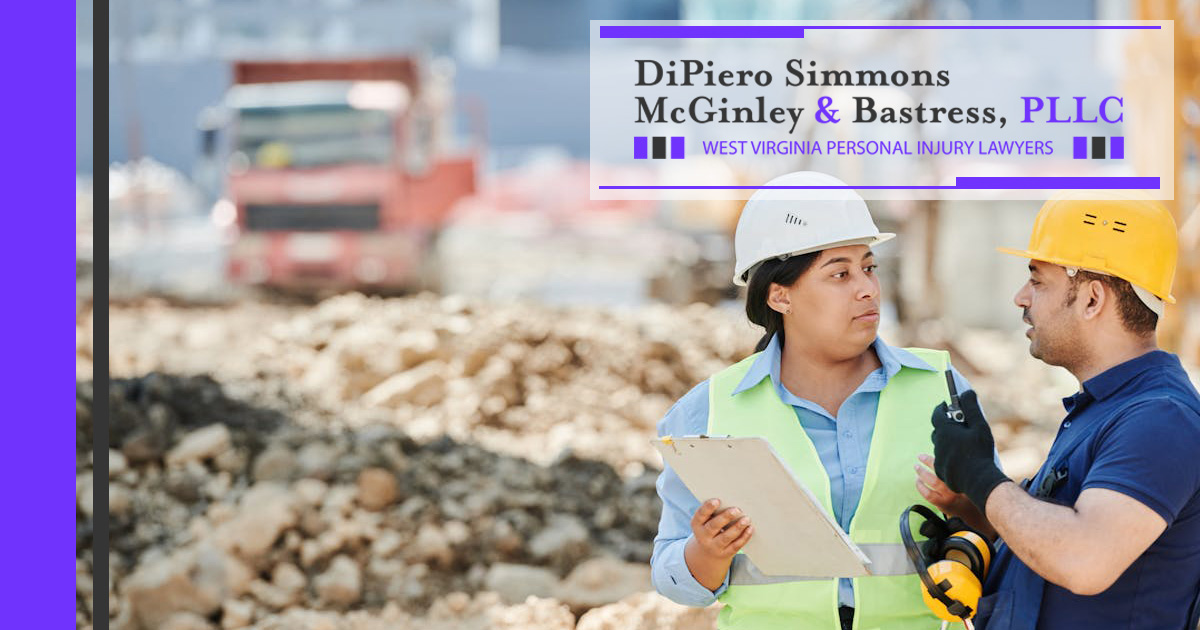
Work zones are some of the most hazardous areas on highways and roads, with constantly changing traffic patterns, narrowed lanes, and construction equipment adding to the risks.
The consequences can be severe when large commercial trucks (or big rigs) are involved in these areas.
Understanding how frequently work zone-related truck accidents happen and why is essential in improving road safety.
The Scope of Work Zone Crashes
Work zones are designed to improve roads and infrastructure but also create potential hazards. Thousands of crashes occur in work zones every year. Many of these incidents involve passenger vehicles, but large trucks contribute significantly to the total number of collisions.
Because of their size, weight, and reduced maneuverability, big rigs are more difficult to stop or adjust in confined work zones, making them particularly susceptible to crashes.
How Often Do Big Rigs Cause Work Zone Accidents?
Large trucks play a significant role in work zone crashes. Data from the Federal Highway Administration (FHWA) and the National Highway Traffic Safety Administration (NHTSA) consistently show that big rigs are involved in a substantial percentage of work zone accidents.
In some years, commercial trucks account for over 30% of all fatal work zone crashes. These numbers highlight big rigs’ outsized role in these incidents compared to their overall presence on the road.
One key factor is stopping distance. A fully loaded tractor-trailer can take nearly 40% longer to come to a stop than a passenger vehicle. This delay increases the risk of rear-end collisions in a work zone, where traffic congestion and sudden slowdowns are common.
Navigating work zones can be complicated and confusing. They’re often marked by sudden lane shifts, merging lanes, and reduced visibility, making it harder for truck drivers to react in time.
Common Causes of Big Rig Crashes in Work Zones
Several factors contribute to big rig crashes in construction zones, many of which stem from the unique challenges that large trucks face in these areas.
- Reduced Space for Maneuvering – Driving lanes in work zones are typically narrower than regular ones, making it more difficult for a big rig to stay within its own lane. Even a slight drift to one side or the other can result in a collision with barriers, workers, or other vehicles.
- Sudden Traffic Stops – Construction zones frequently cause traffic slowdowns, but not all drivers are good at anticipating these sudden stops. Trucks requiring more distance to brake may be unable to stop in time, leading to crashes.
- Driver Distraction or Fatigue – Long hours on the road contribute to fatigue among truck drivers. Even a momentary distraction can be disastrous, especially in work zones where conditions change rapidly.
- Speeding in Work Zones – Some drivers fail to adjust even when speed limits are reduced. A big rig traveling too fast through a construction zone is more likely to lose control or fail to stop in time.
- Visibility Challenges – Work zones often have barriers, cones, and signage that can obstruct a driver’s view. For truck drivers with large blind spots, these obstacles make it even harder to navigate safely.
Who Is Most at Risk in These Crashes?
While big rigs pose a danger in work zones, the occupants of smaller vehicles face the greatest risk.
Studies show that the smaller vehicle’s occupants account for most fatalities in crashes involving large trucks and passenger cars. In fact, the U.S. Department of Transportation’s Traffic Safety Facts reports that 70% of those killed in crashes involving a large truck and a passenger vehicle in 2022 were occupants of the smaller vehicle.
Work zone workers are also highly vulnerable, with some of the deadliest accidents involving trucks striking roadside crews.
Big rigs play a significant role in work zone crashes, with thousands of incidents each year involving commercial trucks. Because of their size and stopping limitations, drivers of large trucks must deal with unique challenges in these areas.
At DiPiero Simmons McGinley & Bastress, PLLC, we understand that addressing this issue requires careful driving, stricter enforcement of work zone safety laws, and improved infrastructure planning.
By understanding these risks and taking preventive measures, both truck operators and other drivers can help reduce work zone accidents and save lives.






